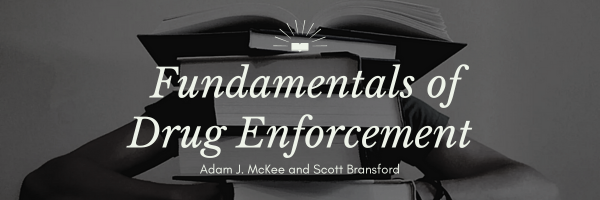Reading Assignment for Section 2.1
Read the following subsection from our online textbook: Section 2.1: Pharmacodynamics and Pharmacokinetics.
What You Will Learn
In this section, you’ll gain a deeper understanding of how drugs interact with the body and produce their effects. You’ll learn about the key concepts of pharmacodynamics and pharmacokinetics, including how drugs are absorbed, metabolized, and eliminated. By the end, you’ll appreciate how these principles inform personalized treatments, addiction management, and the creation of safer drug policies.
Student Learning Outcomes for Section 2.1: Pharmacodynamics and Pharmacokinetics
- SLO 1: Define pharmacodynamics and pharmacokinetics, and explain their roles in understanding how drugs interact with the body and produce effects.
- SLO 2: Differentiate between agonists and antagonists in drug-receptor interactions and describe their applications in treating conditions such as pain or addiction.
- SLO 3: Identify the four key processes of pharmacokinetics—absorption, distribution, metabolism, and excretion—and analyze how they influence drug effectiveness and safety.
- SLO 4: Evaluate how factors like genetics, drug half-life, and routes of administration impact drug response, therapeutic outcomes, and addiction potential.
- SLO 5: Assess the importance of pharmacological principles in developing personalized medical treatments, harm reduction strategies, and effective drug policies.
Modification History File Created: 10/09/2024 Last Modified: 11/24/2024
You are welcome to print a copy of pages from this Open Educational Resource (OER) book for your personal use. Please note that mass distribution, commercial use, or the creation of altered versions of the content for distribution are strictly prohibited. This permission is intended to support your individual learning needs while maintaining the integrity of the material.
This work is licensed under an Open Educational Resource-Quality Master Source (OER-QMS) License.

